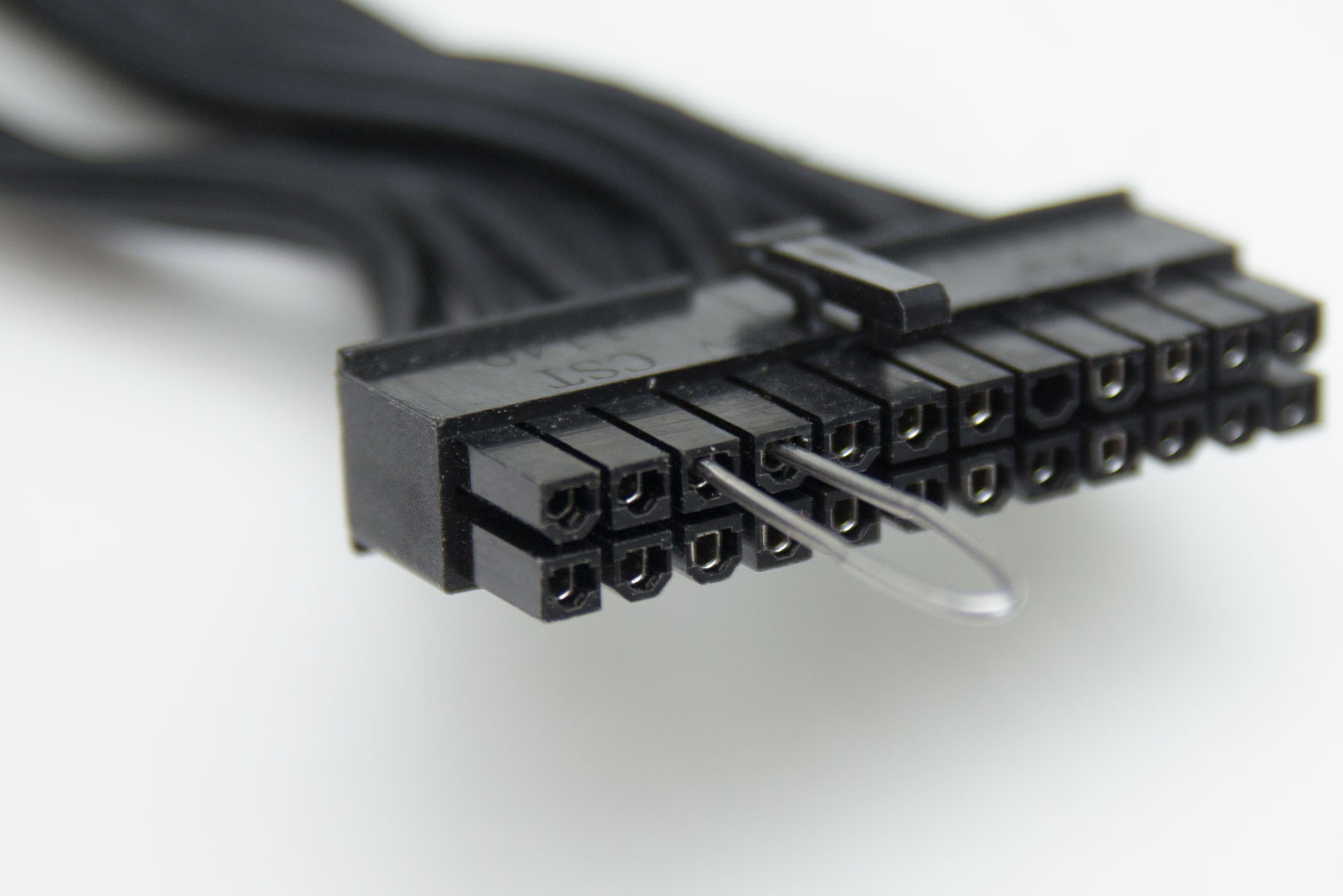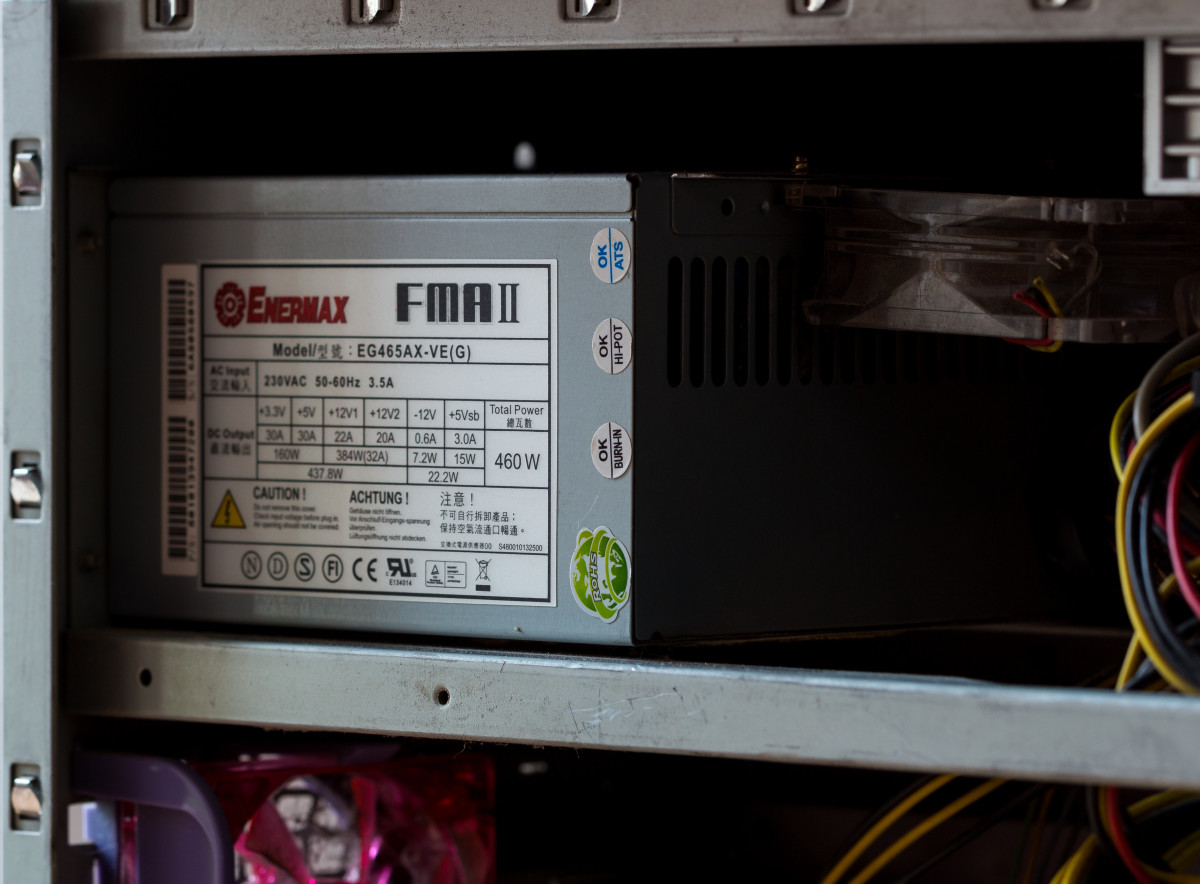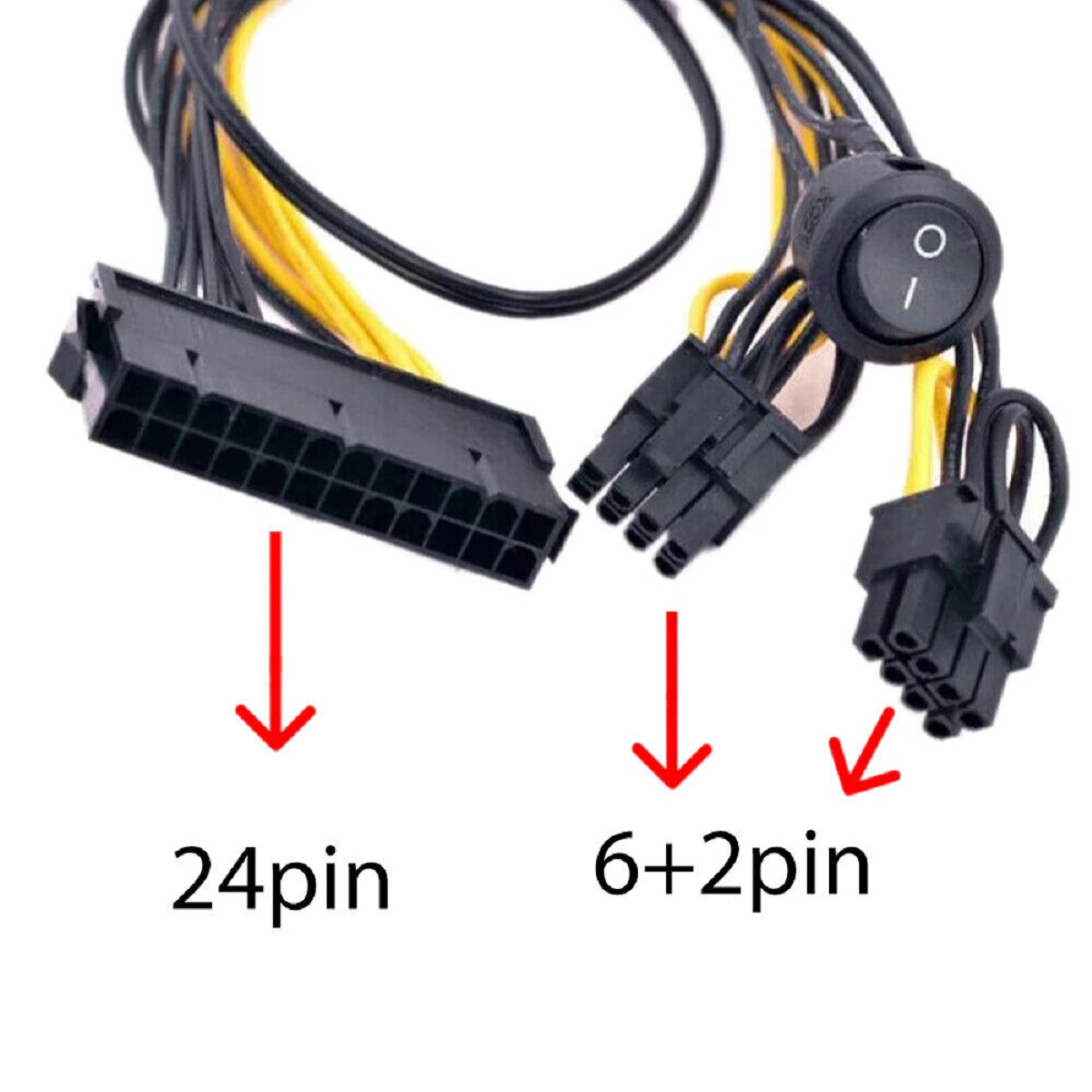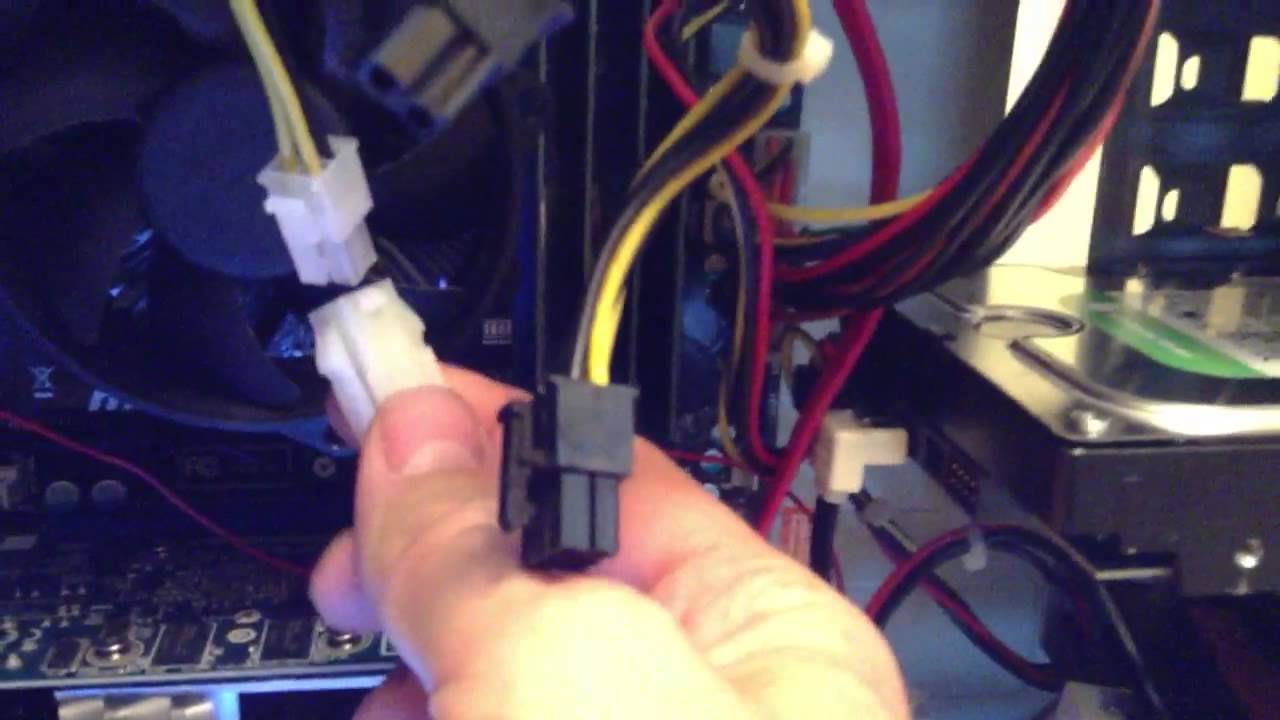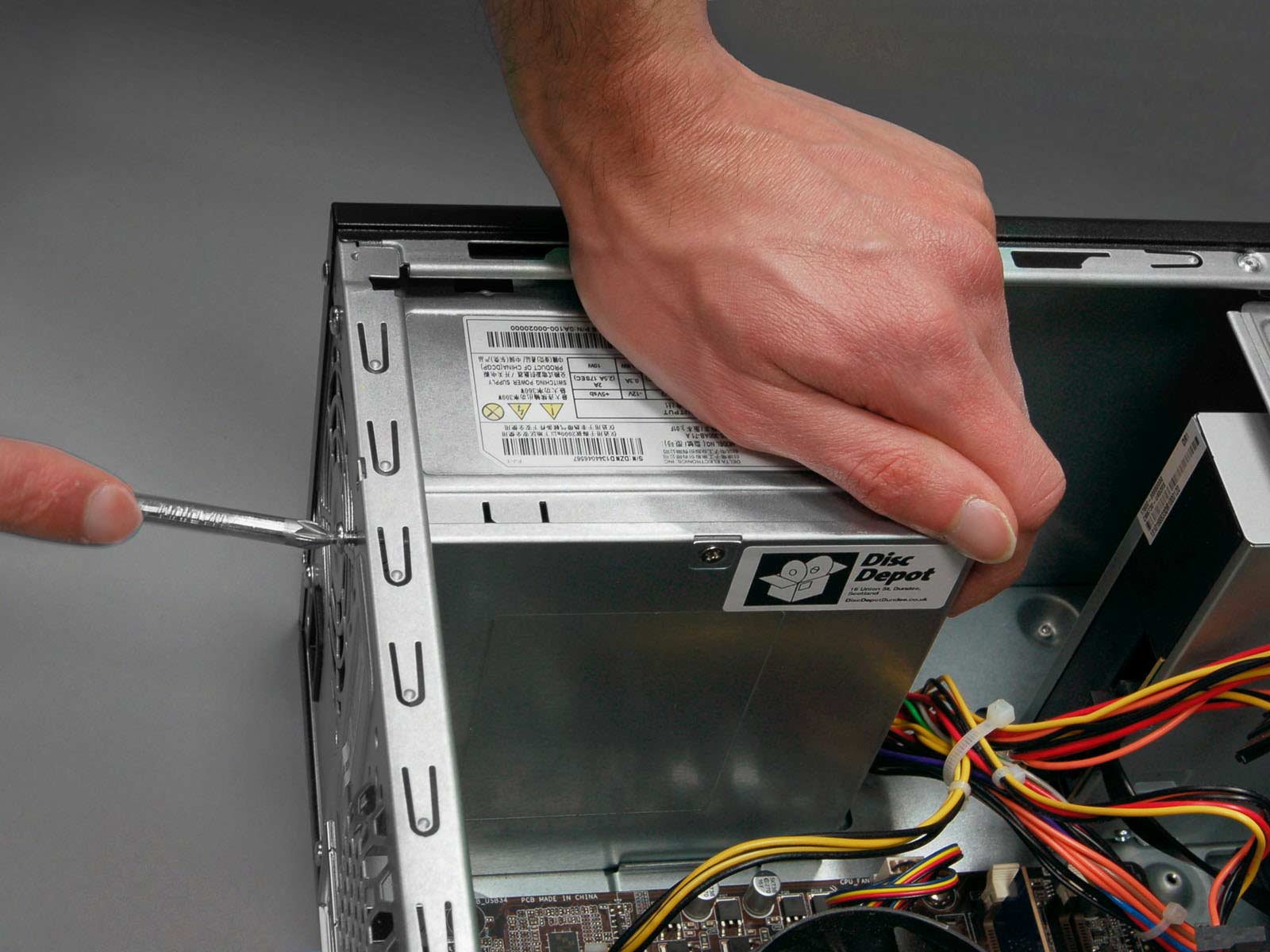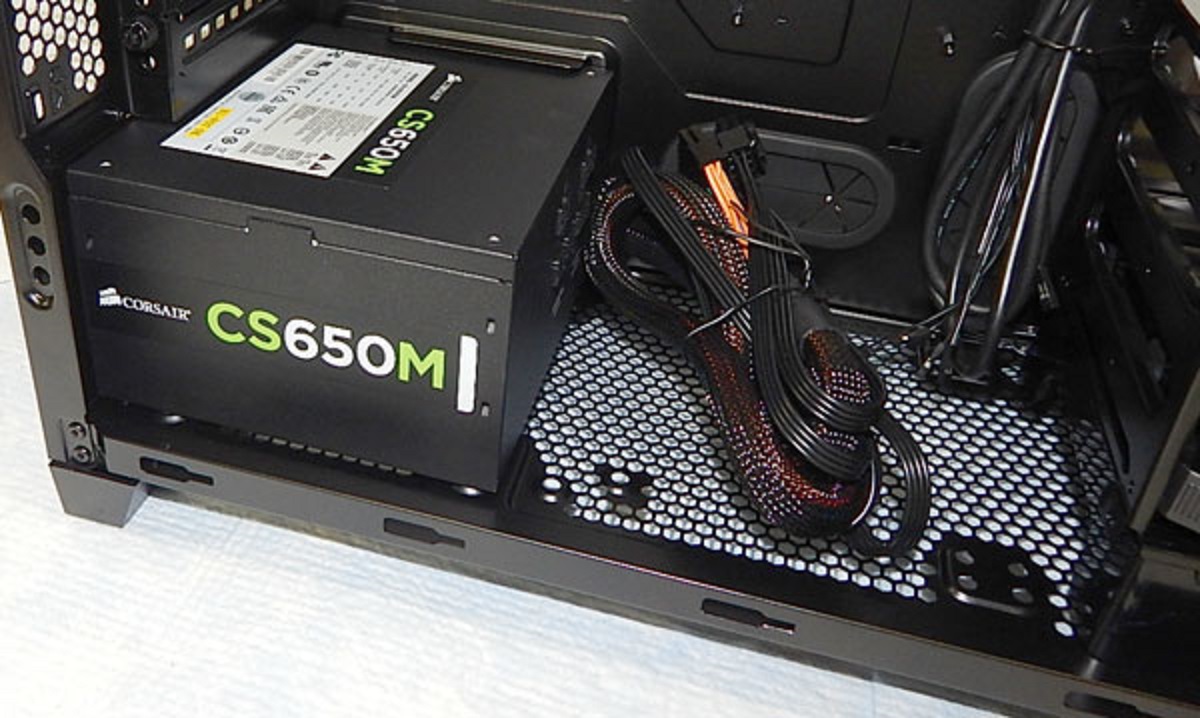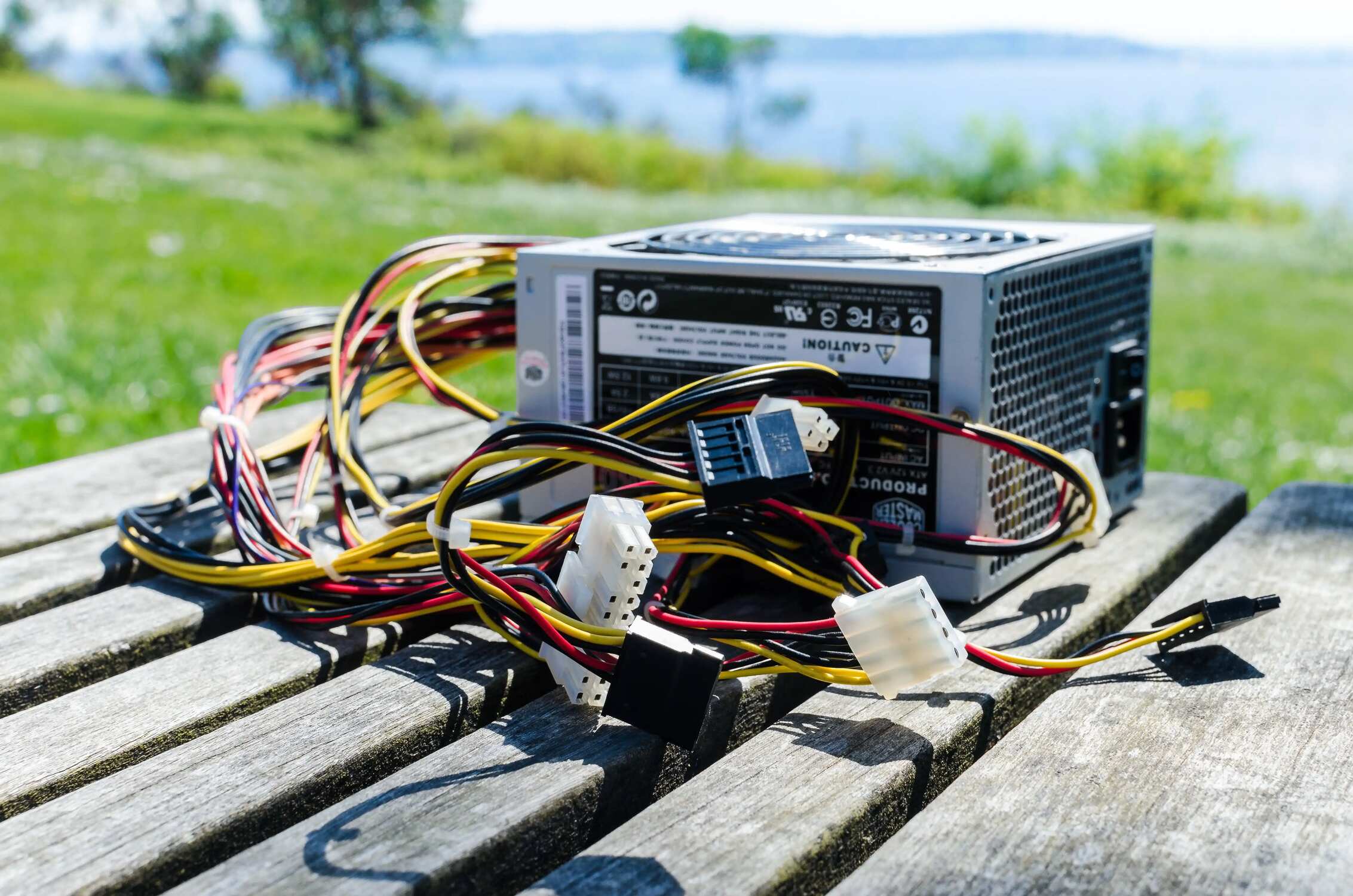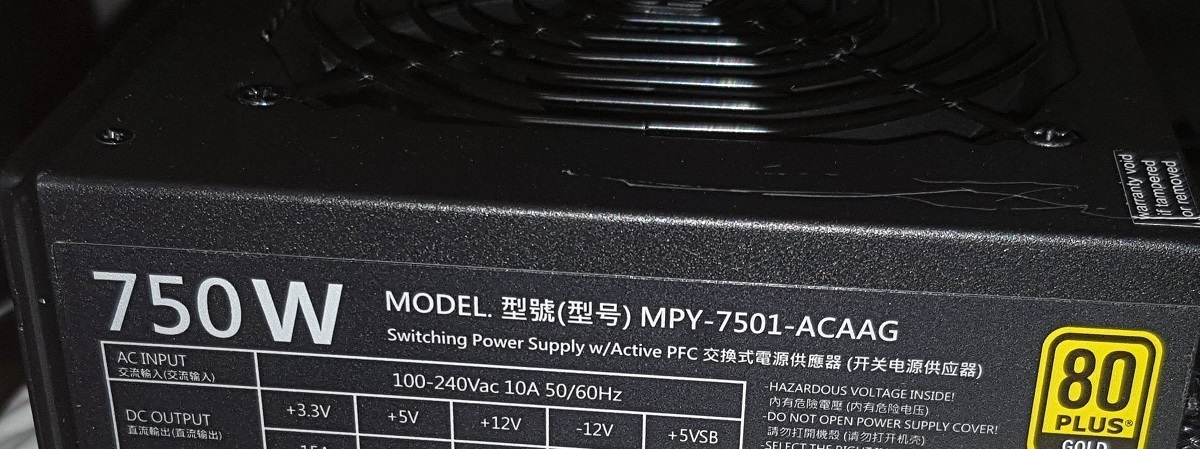Introduction
Powering up a Power Supply Unit (PSU) without a motherboard may seem like an unusual task, but there are several reasons why you may need to do so. Whether you’re testing a PSU, troubleshooting a hardware issue, or simply want to use the PSU for a non-computer-related project, knowing how to power it up without a motherboard can be incredibly useful.
In this article, we will explore various methods to safely power up a PSU without a motherboard. We will discuss the reasons why you might need to do this, and the precautions you should take before attempting any of these methods. So, whether you’re a computer enthusiast or a DIY enthusiast, read on to learn how to power up your PSU without a motherboard.
Before we dive into the different methods, it is important to note that working with power supplies can be dangerous if proper precautions are not taken. Electricity is not something to be taken lightly, so before considering any of these methods, ensure you follow the necessary safety measures. This includes unplugging the PSU from the wall socket, wearing rubber gloves, and working in a well-ventilated area.
Now that we have established the importance of safety, let’s explore the different methods you can use to power up a PSU without a motherboard.
Why would you want to power up a PSU without a motherboard?
You might be wondering why anyone would need to power up a PSU without a motherboard. Well, there are a few scenarios where this knowledge can come in handy.
Firstly, if you are building a new computer or upgrading an existing one, you may want to test the PSU before connecting it to the motherboard. This allows you to check if the PSU is functioning properly and providing the necessary power to the components.
Secondly, if you suspect that your motherboard is faulty and causing issues with your computer, you can use this method to isolate the problem. By bypassing the motherboard and directly powering up the PSU, you can determine if the issue lies with the motherboard or another component.
Thirdly, if you are working on a non-computer-related project that requires a power supply, such as a DIY electronics project or a testing setup, being able to power up a PSU without a motherboard can be quite useful. It allows you to utilize the PSU’s power output without the need for a computer system.
Lastly, if you are a computer technician or IT professional, having the knowledge and ability to power up a PSU without a motherboard can be valuable in troubleshooting scenarios. It allows you to diagnose power-related issues without having to disassemble the entire computer system.
Overall, knowing how to power up a PSU without a motherboard can save you time and effort in various situations. It allows you to test and diagnose issues effectively, as well as utilize the power supply in non-conventional ways. However, it is important to proceed with caution and follow the proper safety measures to prevent any accidents or damage to your computer components.
Safety Precautions
Before you attempt to power up a PSU without a motherboard, it is crucial to prioritize your safety. Working with electricity can be dangerous, and taking the necessary precautions will help prevent accidents or damage to your equipment. Here are some essential safety measures to keep in mind:
1. Unplug the PSU: Before doing anything, make sure to disconnect the power supply from the wall socket. This ensures that there is no electrical current flowing through the system, reducing the risk of electrical shock.
2. Wear rubber gloves: To protect yourself from any potential electrical discharge, wear rubber gloves while handling the PSU and any related cables or connectors. Rubber gloves act as insulators and help prevent direct contact with electricity.
3. Work in a well-ventilated area: It is important to have good airflow and ventilation in the area where you are working. This helps dissipate any heat generated by the PSU and reduces the risk of overheating or fire hazards.
4. Avoid touching any exposed wires: Be cautious of any exposed wires or components inside the PSU. Accidental contact with live wires can result in electric shock or short-circuiting. Handle the PSU and its components with care and avoid touching any exposed areas.
5. Do not dismantle the PSU: Unless you are an experienced professional, it is not recommended to open or dismantle the PSU. Power supplies often contain high-voltage capacitors that can retain an electric charge even after being unplugged. Opening the PSU can lead to dangerous electrical discharges.
6. Use insulated tools: If you need to manipulate any components inside the PSU, use insulated tools specifically designed for this purpose. Insulated tools provide an extra layer of protection by preventing electrical conductivity.
7. Read the manufacturer’s instructions: Every PSU has specific guidelines and safety instructions provided by the manufacturer. It is crucial to read and understand these instructions before attempting to power up the PSU without a motherboard.
By following these safety precautions, you can minimize the risks associated with working with electricity and ensure a safe working environment.
Method 1: Using a Paperclip
One of the simplest and most widely used methods to power up a PSU without a motherboard is by using a paperclip. Here’s a step-by-step guide on how to do it:
Step 1: Unplug the PSU from the wall socket and ensure that it is turned off.
Step 2: Locate the 24-pin ATX connector on the PSU. This is the primary power connector that is typically located on the side of the power supply.
Step 3: Straighten out a paperclip so that it forms a long, narrow wire-like shape.
Step 4: Look for a green wire and a black wire on the 24-pin ATX connector. These wires are usually located on the main connector bundle and are easily identifiable.
Step 5: Insert one end of the paperclip into the green wire’s pin socket and insert the other end into any adjacent black wire’s pin socket. This connects the green wire (which is the power-on signal) to a ground wire.
Step 6: Double-check that the paperclip is securely inserted, ensuring that it makes contact with both the green and black wires.
Step 7: Plug the PSU back into the wall socket and flip the power switch on the back of the PSU to the “on” position.
By following these steps, you have effectively bypassed the motherboard and provided power to the PSU. Remember to exercise caution and take appropriate safety measures while performing this method.
Note that this method is primarily used for testing purposes and should not be used as a long-term solution. Keep in mind that the paperclip method bypasses several safety mechanisms that are in place when the PSU is connected to a motherboard. Therefore, it should only be used temporarily if necessary.
Method 2: Using a Jumper Cable
Another method to power up a PSU without a motherboard is by using a jumper cable. This method involves using a specifically designed jumper cable to mimic the power-on signal that is typically sent by the motherboard. Here’s how you can do it:
Step 1: Start by unplugging the PSU from the wall socket and ensuring that it is turned off.
Step 2: Locate the 24-pin ATX connector on the PSU, which is typically located on the side of the power supply.
Step 3: Take a jumper cable designed for this purpose, usually available at computer hardware stores or online, and identify the green and black wires on the 24-pin ATX connector. These wires are used to simulate the power-on signal and the ground connection.
Step 4: Connect one end of the jumper cable to the pin socket of the green wire and connect the other end to the pin socket of any adjacent black wire.
Step 5: Ensure that the jumper cable is securely connected and making proper contact with the green and black wires.
Step 6: Plug the PSU back into the wall socket and flip the power switch on the back of the PSU to the “on” position.
By utilizing a jumper cable, you are essentially simulating the motherboard’s power-on signal, tricking the PSU into turning on. This method provides a more reliable and secure solution compared to using a paperclip. However, like the paperclip method, it is important to exercise caution and follow safety measures while performing this method.
Keep in mind that while this method can be handy for testing purposes or temporary power supply use, it should not be considered a permanent solution. The recommended way to power a PSU is by connecting it to a motherboard, following the manufacturer’s instructions and industry standards.
Method 3: Using a Molex Adapter
Using a molex adapter is another method that allows you to power up a PSU without a motherboard. This method involves utilizing a molex adapter, which is a common type of power connector used in computer systems. Here’s a step-by-step guide on how to use a molex adapter to power up a PSU:
Step 1: Begin by unplugging the PSU from the wall socket and ensuring that it is turned off.
Step 2: Locate the molex connectors on the PSU. These connectors are rectangular in shape and usually have four pins.
Step 3: Connect a molex adapter to one of the molex connectors on the PSU. The molex adapter typically has two female connectors and a male connector.
Step 4: Identify the green and black wires on one of the female connectors of the molex adapter. These wires are used to simulate the power-on signal and the ground connection.
Step 5: Use a small piece of wire or a paperclip to bridge the green and black wires on the molex connector of the molex adapter. This connects the power-on signal to the ground, similar to the paperclip method.
Step 6: Make sure that the wire or paperclip is securely inserted and making proper contact with the green and black wires.
Step 7: Plug the PSU back into the wall socket and flip the power switch on the back of the PSU to the “on” position.
By following these steps, you are effectively bypassing the motherboard and providing power to the PSU using a molex adapter. This method offers a more secure and stable solution compared to the previous methods, as it utilizes a dedicated adapter designed for this purpose.
However, it is crucial to exercise caution and follow the necessary safety measures while performing this method. Always ensure that the connections are secure, and avoid touching any exposed wires or components to prevent any accidents or damage to the PSU or other equipment.
Keep in mind that while using a molex adapter can be helpful in specific situations, it is still recommended to use a motherboard to power up a PSU for normal computer operation.
Method 4: Using a Power Supply Tester
If you want a more advanced and comprehensive method to power up a PSU without a motherboard, you can consider using a power supply tester. A power supply tester is a specialized device designed specifically to test and diagnose power supply units. Here’s how you can use a power supply tester to power up a PSU:
Step 1: Start by unplugging the PSU from the wall socket and ensuring that it is turned off.
Step 2: Connect the power supply tester to the 24-pin ATX connector on the PSU. The power supply tester typically has a matching connector that fits into the ATX connector on the power supply.
Step 3: Depending on the specific model of the power supply tester, you may need to connect additional cables or connectors to the PSU. Follow the instructions provided by the manufacturer of the power supply tester for the correct setup.
Step 4: Once the power supply tester is properly connected to the PSU, plug the PSU back into the wall socket and flip the power switch on the back of the PSU to the “on” position.
Step 5: The power supply tester will now display various power supply voltage readings and indicators. Check the readings and indicators to verify if the PSU is functioning correctly.
Using a power supply tester not only powers up the PSU but also provides valuable information about its performance and health. It allows you to check the voltage outputs, fan operation, and other important parameters of the power supply.
Power supply testers are available in different models, with varying features and capabilities. Some testers display basic readings, while others provide more advanced diagnostic information. Choose a power supply tester that suits your needs and budget.
Although using a power supply tester is a reliable method, keep in mind that it requires additional equipment and investment. This method is best suited for computer technicians, system builders, and individuals who frequently work with power supplies.
Always refer to the manufacturer’s instructions and follow safety guidelines when using a power supply tester to ensure accurate results and to prevent any accidents or damage to the equipment.
Important Considerations
When powering up a PSU without a motherboard, there are several important considerations to keep in mind:
1. Safety first: Always prioritize your safety and follow appropriate safety measures. Unplug the PSU from the wall socket, wear rubber gloves, and work in a well-ventilated area. Handling electricity can be dangerous, so take the necessary precautions to prevent accidents or damage.
2. Temporary use only: Powering up a PSU without a motherboard should generally be done for temporary purposes, such as testing or troubleshooting. It is not ideal as a long-term solution. A PSU connected to a motherboard provides proper regulation and protection for the components in a computer system.
3. Best practices: While these methods allow you to power up a PSU without a motherboard, it’s important to follow best practices. Avoid doing this unless necessary, and connect the PSU to a motherboard when using it in a computer system. This ensures optimal functionality and compatibility.
4. Manufacturer’s instructions: Always refer to the manufacturer’s instructions for your specific PSU model. Different power supplies may have variations in connectors or wiring configurations. Following the manufacturer’s guidelines ensures safe and proper usage.
5. Warranty concerns: Modifying or using unconventional methods to power up a PSU may void the manufacturer’s warranty. Be aware of any potential warranty concerns before attempting these methods.
6. Familiarity with electrical components: It’s essential to have a basic understanding of electrical components and wiring before attempting any of these methods. If you are unsure or uncomfortable with these procedures, it is advisable to seek assistance from a knowledgeable professional.
7. Testing tools: Consider using proper testing tools, such as a digital multimeter or a power supply tester, to diagnose and verify the functionality of a PSU. These tools provide accurate readings and help ensure that the power supply is operating within the specified parameters.
By keeping these considerations in mind, you can safely and effectively power up a PSU without a motherboard when necessary. Remember, it’s always best to consult professional advice or refer to the manufacturer’s instructions when in doubt.
Conclusion
Powering up a Power Supply Unit (PSU) without a motherboard can be a useful skill to have in various situations, such as testing, troubleshooting, or utilizing the PSU for non-computer-related projects. While it is important to exercise caution and prioritize safety when working with electricity, knowing the different methods can save time and effort in certain scenarios.
We explored four different methods to power up a PSU without a motherboard. These methods include using a paperclip, a jumper cable, a molex adapter, and a power supply tester. Each method offers its own advantages and considerations, so it’s essential to choose the method that best suits your needs and situation.
However, it is crucial to note that powering up a PSU without a motherboard should generally be done for temporary purposes, such as testing or troubleshooting. In normal computer operation, it is recommended to connect the PSU to a motherboard as it provides proper regulation, compatibility, and protection for the components.
Always remember to follow safety precautions, including unplugging the PSU, wearing appropriate safety gear, and working in a well-ventilated environment. Additionally, referring to the manufacturer’s instructions and guidelines is essential to ensure safe and proper usage.
Lastly, if you are unsure or uncomfortable with these procedures, it is advisable to seek assistance from a knowledgeable professional. Electricity can be dangerous, and it’s important to have a good understanding of electrical components and wiring before attempting these methods.
By keeping these considerations in mind and utilizing the methods outlined in this article, you can safely and effectively power up a PSU without a motherboard when necessary. However, always exercise caution and prioritize safety to prevent any accidents or damage to your equipment.







